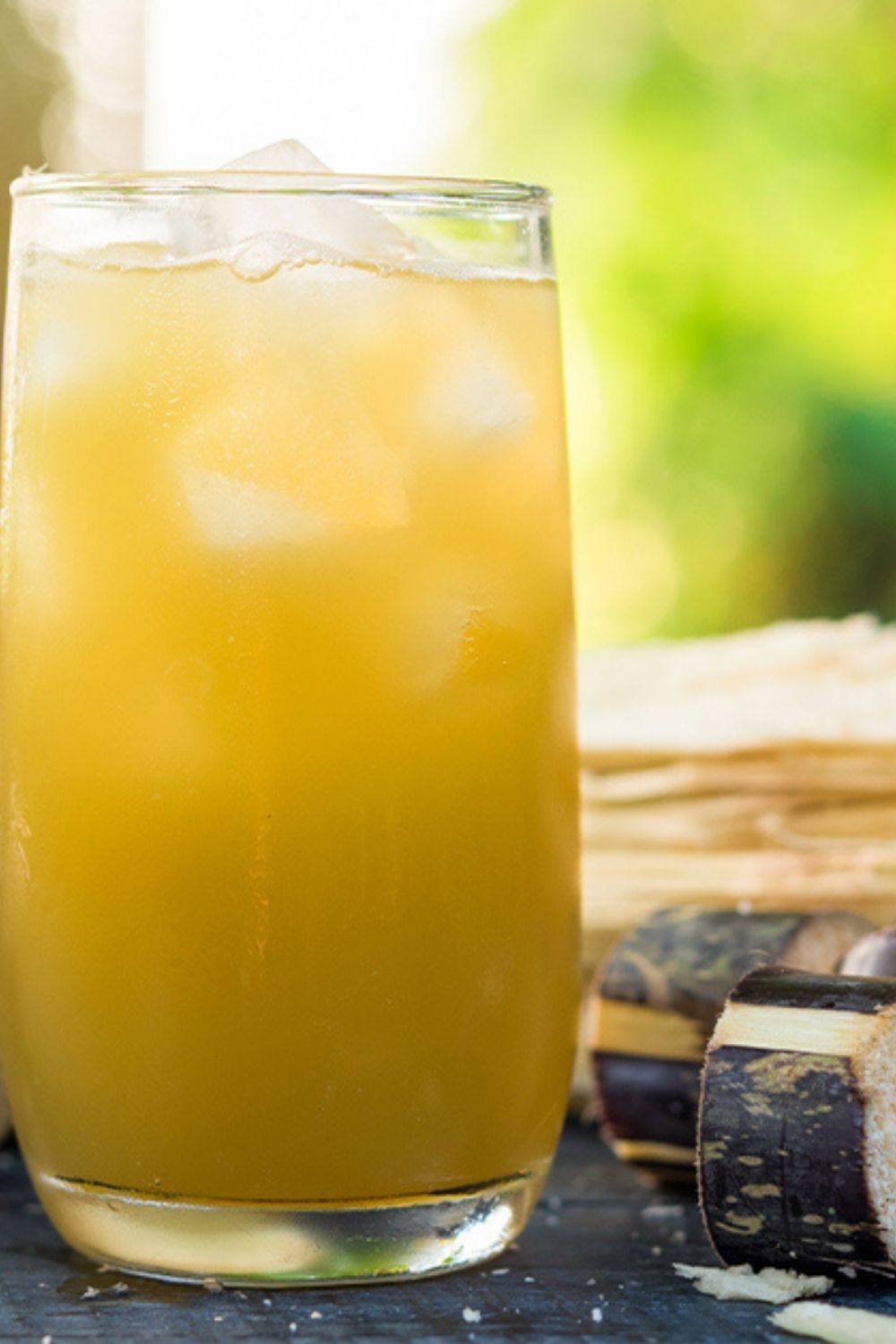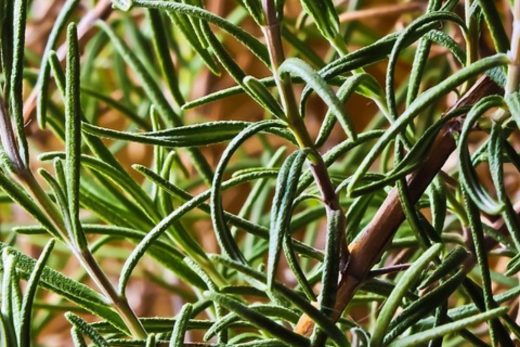Normally, when you think of drinking a glass of grass, you’re probably thinking of a wheatgrass smoothie, but you’re doing the same thing when you belly up and order a daiquri or mojito. Sugarcane, it turns out, is a grass—a member of the same family as corn, wheat, sorghum, and rice.
Rum—most of it, anyway—originates in molasses, a by-product of refined-sugar production. In a way, rum is simply a way to use up industrial waste—the molasses left behind after sugarcane juice was boiled, cooled, and cured.
A Brief History of Sugarcane, Molasses, and Rum
Sugarcane traces its origins to the Indus Valley. Earliest reports of its production date to about 5,000 years ago. Traders carried it into Asia Minor; by the 8th century A.D., Arabs had brought it into Southern Europe and, eventually, Spain. But rum lovers owe some gratitude to Christopher Columbus. It was he who introduced sugarcane to the Caribbean, planting it in Hispaniola (today’s home of the Dominican Republic and Haiti) on one of his voyages.





